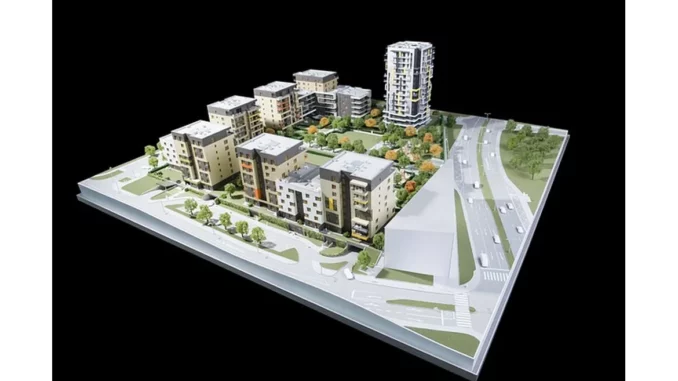
As a journalist dedicated to uncovering the nuances of various professions, I recently had the pleasure of sitting down with Glen Baker-Adams, a seasoned town planner and planning consultant at Grounded Planning and HiiGuru. Our conversation was enlightening and filled with practical advice that anyone embarking on a self-build or extension needing planning permission should heed. Glen’s experience and insights culminated in five indispensable tips for navigating the often complex world of planning applications.
Focus360 Energy: property compliance services – pre-planning to post-construction. Learn more.
1. Do Your Research
Glen’s first piece of advice is to conduct thorough research. Contrary to popular belief, a planning application isn’t evaluated solely on the design, construction, and size of the project. Instead, it is assessed within a broader context, aligning with both national and local planning frameworks.
“One of the first lessons you’re taught as an officer is that each application should be judged on its own merits – but always in line with the overall council plan,” Glen explained. This means understanding the National Planning Policy Framework (NPPF), which serves as the cornerstone for what applications might be approved. “The NPPF is basically the Bible in terms of what applications might be acceptable,” he noted.
Additionally, Glen recommends familiarising yourself with the local planning framework available on your council’s website. “Speak to the local policy team to get help and advice on whether your ideas will suit the bigger picture both locally and nationally,” he advised. By demonstrating that your application meets social, economic, and environmental criteria, you significantly increase your chances of approval.
2. Adopt an Early Engagement Approach
Early engagement with your local council is crucial, according to Glen. Whether you opt for a formal pre-application process or make initial enquiries, early contact can save you time and prevent future delays.
“Early engagement is fundamental in my experience,” Glen shared. The formal pre-application process often draws more attention from the council because it is a paid service. “You will also have a named officer dealing with your case so you can call them up and contact them,” he added. This approach can help you avoid making false assumptions and ensure that your application is taken seriously from the outset.
Engaging with your neighbours early on is equally important. “Being able to demonstrate openness is seen as a positive,” Glen said. Even if disagreements arise, showing that you have made efforts to address concerns will work in your favour.
3. Have Respect for All Parties Involved
Respect is a cornerstone of successful planning applications. Glen emphasised that planners are often wrongly perceived as obstacles. “Refusal is actually a dirty word in planning. We do want to approve all that we can, but we have to make sure schemes are compliant,” he stated.
Emotions can run high on the homeowner’s side, so it’s essential to maintain respect for everyone involved in the process. “As a planning officer, part of our role is to mediate, to make sure that everyone has their say,” Glen explained. Understanding that multiple stakeholders are involved in the decision-making process can help you approach it more collaboratively.
“Don’t see them as being an enemy,” Glen advised. “Talk with them, make sure that they understand what’s going on, and engage with them.” Recognising that officers are often pressured with multiple cases can also foster a more cooperative relationship.
4. Be Accurate in Your Application
When it comes to the application itself, accuracy is paramount. “Be accurate. Don’t try and put the wrong measurements in in the hope it won’t be noticed,” Glen cautioned. The application form, drawings, and supporting documents must all be meticulously prepared.
“Having a good architect will help with this,” he added. Accurate and well-prepared documents not only expedite the review process but also reduce the likelihood of complications later on.
5. Hire Local Architects
Glen’s final tip is to hire local architects. “Your local architects are probably the best people to choose because they already have relationships with the planning officers,” he explained. Local architects understand the nuances of what has been approved in the area and can leverage that knowledge to your advantage.
“For bigger proposals, you might want to reach out to larger agencies, but I generally think local is best,” Glen advised. Doing your research to find out which architects have a successful track record in your area can make a significant difference in the outcome of your application.
In summary, Glen Baker-Adams offers invaluable insights into the planning application process. From thorough research and early engagement to maintaining respect and accuracy, his tips are designed to help you navigate the often complex and daunting world of planning applications. If you’re considering a self-build or extension, these five tips could be the key to a smoother, more successful experience.
Tobiasz Karcz


Be the first to comment